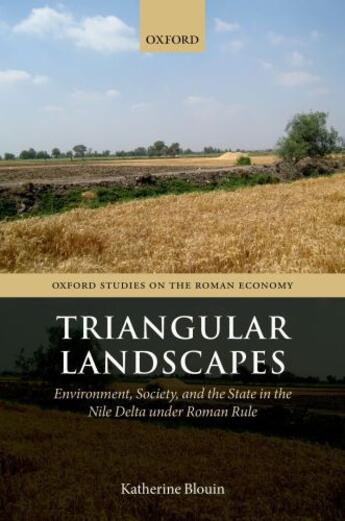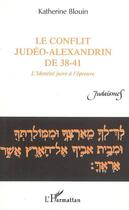-
Nombre de pages : (-)
-
Collection :
(-)
-
Genre :
(-)
-
Thème :
Non attribué
-
Prix littéraire(s) :
(-)
Résumé:
Between the Roman annexation of Egypt and the Arab period, the Nile Delta went from consisting of seven branches to two, namely the current Rosetta and Damietta branches. For historians, this may look like a slow process, but on a geomorphological scale, it is a rather fast one. How did it... Voir plus
Between the Roman annexation of Egypt and the Arab period, the Nile Delta went from consisting of seven branches to two, namely the current Rosetta and Damietta branches. For historians, this may look like a slow process, but on a geomorphological scale, it is a rather fast one. How did it happen? How did human action contribute to the phenomenon? Why did it start around the Roman period? And how did it impact on ancient Deltaic communities? This volume reflects on these questions by focusing on a district of the north-eastern Delta called the Mendesian Nome.
The Mendesian Nome is one of the very few Deltaic zones documented by a significant number of papyri. To date, this documentation has never been subject to a comprehensive study. Yet it provides us with a wealth of information on the region's landscape, administrative geography, and agrarian economy. Starting from these papyri and from all available evidence, this volume investigates the complex networks of relationships between Mendesian environments, socio-economic dynamics, and agro-fiscal policies. Ultimately, it poses the question of the 'otherness' of the Nile Delta, within Egypt and, more broadly, the Roman Empire. Section I sets the broader hydrological, documentary, and historical contexts from which the Roman-period Mendesian evidence stem. Section II is dedicated to the reconstruction of the Mendesian landscape, while section III examines the strategies of diversification and the modes of valorization of marginal land attested in the nome. Finally, section IV analyses the socio-environmental crisis that affected the nome in the second half of the second century AD.
Donner votre avis









